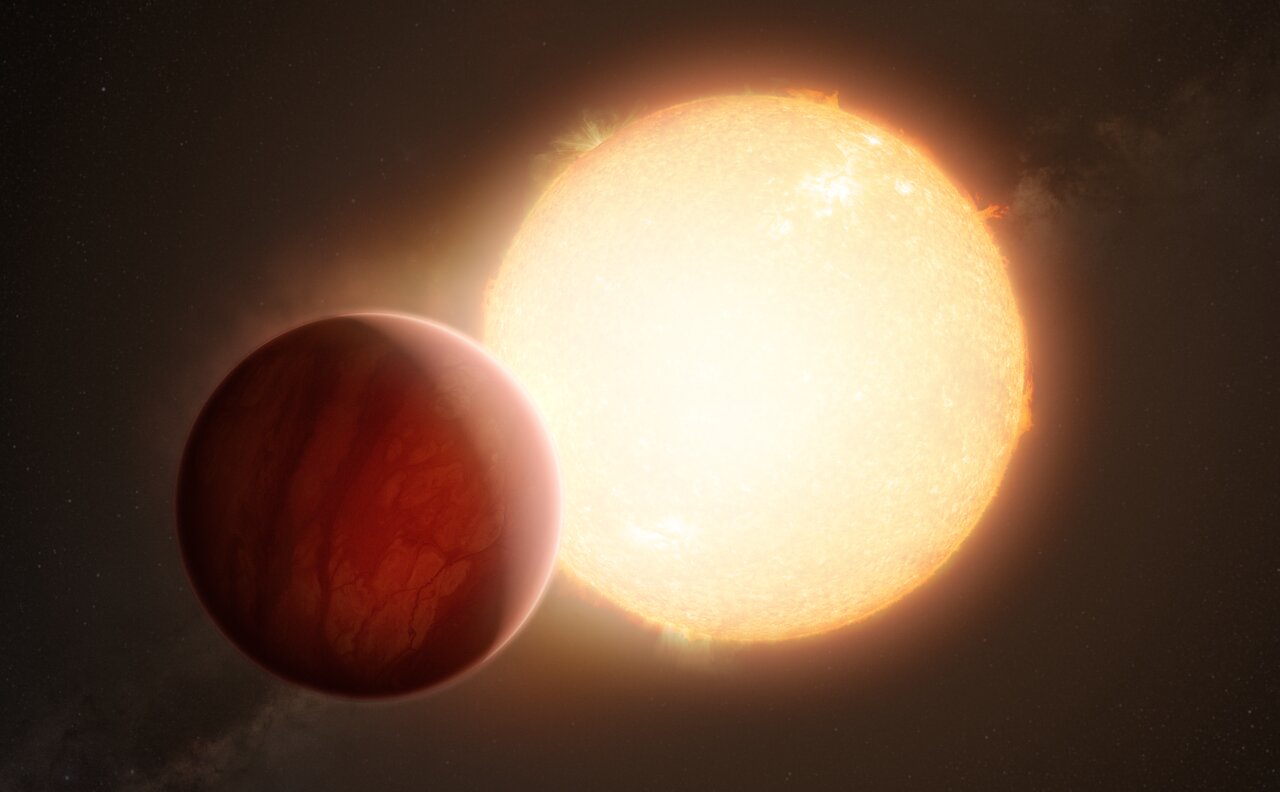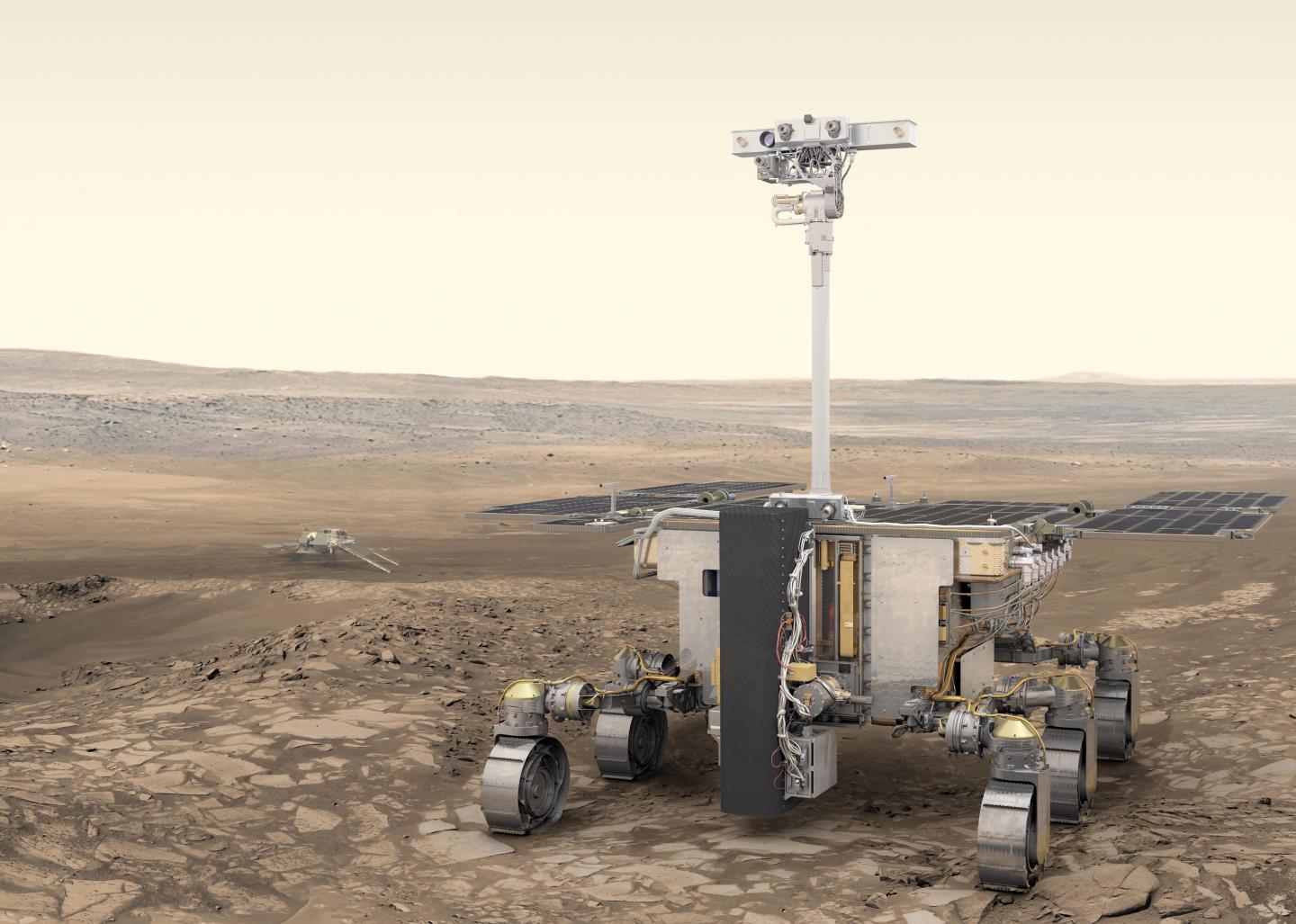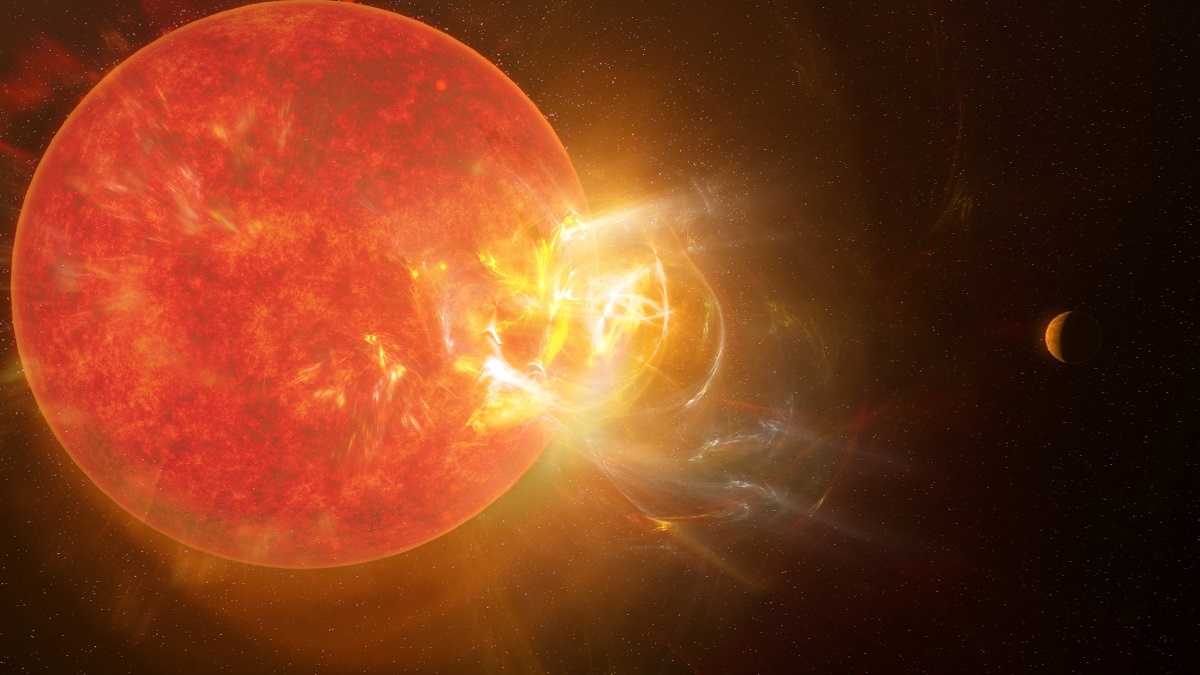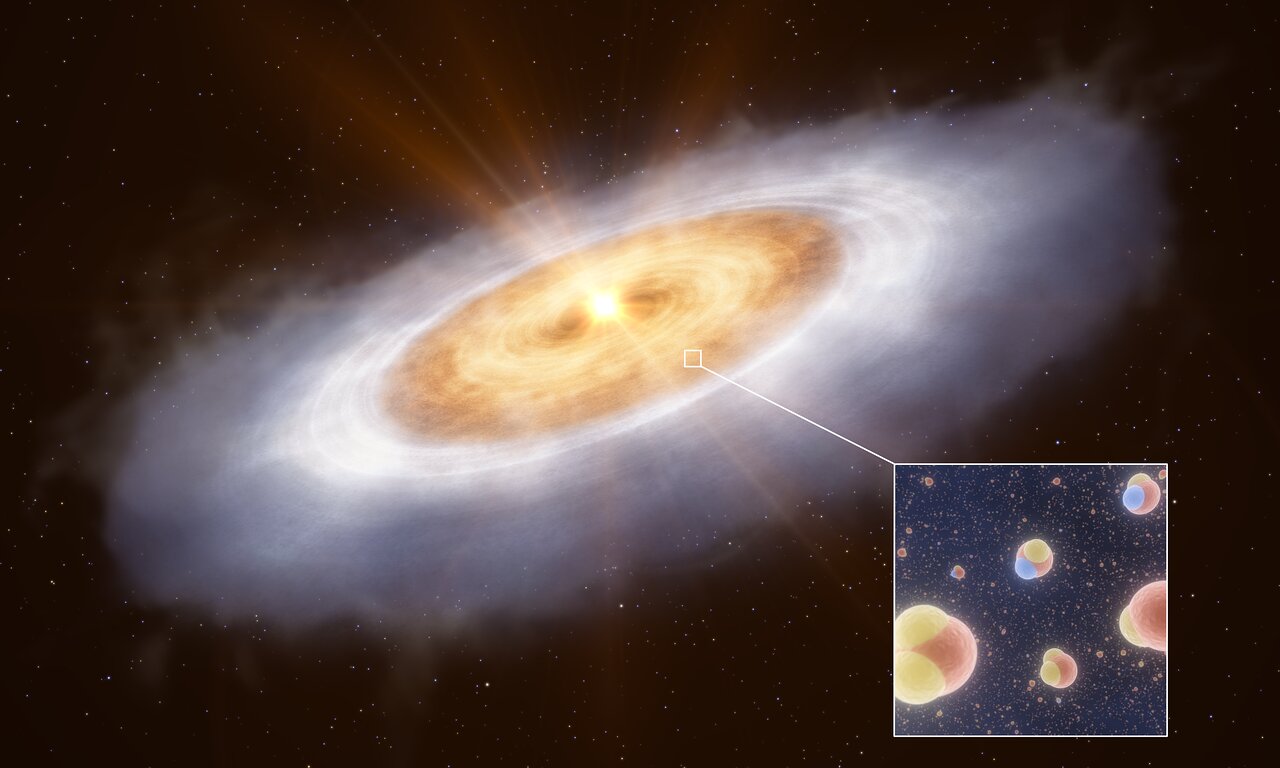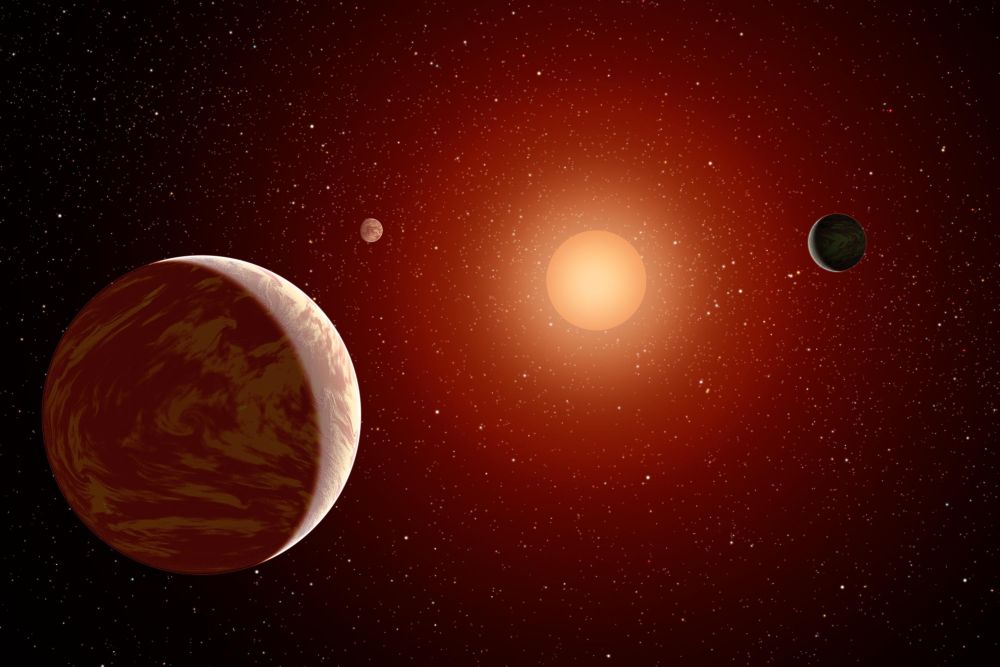1800 light-years away, an unlikely survivor orbits an aged star. This rare planet is called a hot Neptune, and it’s one of only a small handful of hot Neptunes astronomers have found. Hot Neptunes are so close to their stars that the overpowering stellar radiation should’ve stripped away their atmospheres, leaving only a planetary core behind.
But this planet held onto its atmosphere somehow.
Continue reading “The Discovery of a Hot Neptune that Shouldn’t Exist”
